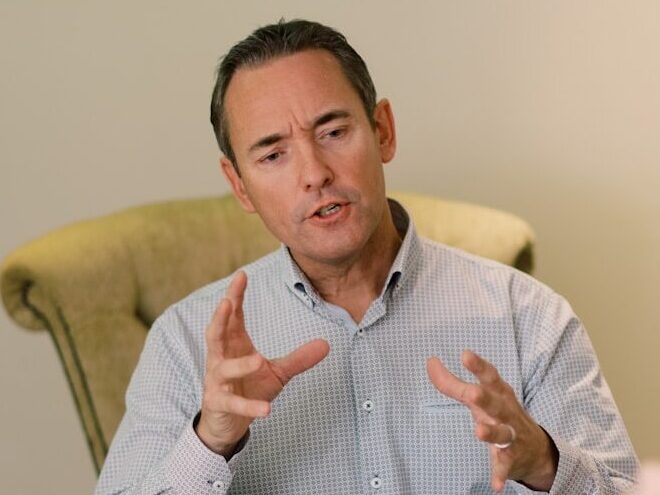
Therapy has become more openly discussed in recent years, but many myths and misconceptions still surround it. Some people see it as a last resort, while others picture it as lying on a couch while someone silently takes notes. The truth is more practical, flexible, and personal than stereotypes suggest. Whether you’ve considered therapy yourself or want to better understand it, here are 15 common things people often get wrong about therapy.
Therapy Is Only for “Serious” Problems

Many think you have to hit rock bottom before seeking help. In reality, therapy isn’t just for crisis—it’s also for stress management, self-growth, and everyday struggles. You don’t need to be clinically depressed or traumatized to benefit. Just like going to the gym isn’t only for injured people, therapy can strengthen mental and emotional resilience before problems spiral.
Going to Therapy Means You’re Weak

A persistent stigma says therapy is for people who can’t handle life. In truth, it takes strength to face your struggles and ask for help. Therapy is a tool, not a crutch. Many highly successful people, from athletes to CEOs, use therapy to sharpen focus, manage stress, and build better habits. Seeking support is a sign of self-awareness, not weakness.
The Therapist Will Just Tell You What to Do

Some imagine therapy as receiving instructions or advice, like talking to a coach. But most therapists don’t hand out life plans. Instead, they guide you to explore patterns, test new perspectives, and make your own decisions. Therapy is collaborative—it helps you build tools so you can handle challenges independently, not rely forever on someone else’s solutions.
Therapy Is Only About Talking About the Past

While therapy can involve exploring childhood experiences or trauma, it’s not limited to that. Many approaches focus on the present, like managing anxiety, improving communication, or setting healthier boundaries. Therapists balance understanding your history with practical strategies for today. It’s about connecting past and present to create a healthier future.
One Session Will Fix Everything

A common misconception is that therapy works like a quick repair—one or two sessions and all problems are solved. Real progress usually takes time, practice, and patience. Just like physical fitness, mental health growth is gradual. Some people notice improvements quickly, but meaningful change often comes from consistent effort over weeks or months.
Therapy Is Just Paying Someone to Listen

It’s true that therapists listen, but they’re trained to do much more than that. They ask thoughtful questions, offer frameworks for understanding behavior, and provide techniques for coping. A therapist’s role isn’t simply being a friend who listens—it’s offering professional guidance rooted in psychology and evidence-based methods.
Therapists Judge Their Clients

Many people fear opening up because they think a therapist will secretly judge them. In reality, therapy is a judgment-free zone. Therapists are trained to approach clients with empathy and neutrality, creating a safe space where honesty is possible. Their role isn’t to criticize but to help clients understand themselves and grow without shame.
Only “Crazy” People Go to Therapy

This damaging myth keeps many from seeking support. In truth, therapy is for anyone who wants to improve their mental health, relationships, or coping skills. Stress, grief, career struggles, and self-confidence are common reasons people go.Labeling therapy as only for the “crazy” stigmatizes normal human challenges and ignores the broad ways therapy helps everyday people.
You Have to Stay in Therapy Forever

Some assume once you start therapy, you’re stuck for life. But therapy can be short-term or long-term depending on your goals. Some people benefit from just a few months; others find ongoing sessions helpful for years. The length is flexible, and many therapists aim to empower clients to eventually manage without regular sessions.
All Therapy Looks the Same

Therapy isn’t one-size-fits-all. There are many approaches, like cognitive behavioral therapy (CBT), psychodynamic, solution-focused, EMDR, couples therapy, and more. The process can be structured, conversational, activity-based, or reflective depending on the therapist’s style and the client’s needs. Assuming therapy is always the same ignores the diversity of methods available.
You Have to Reveal Every Secret Immediately

Some worry that therapy means baring their deepest secrets on day one. In reality, you set the pace. Trust takes time, and good therapists let clients share when they’re ready. Therapy is a process of unfolding, not a forced confession. The choice of what and when to share remains in your hands.
Therapy Means You’re Broken

This myth frames therapy as fixing something “wrong” with you. But therapy is also about growth, exploration, and prevention. People use therapy to improve self-awareness, build stronger relationships, and reach personal goals. Needing therapy doesn’t mean you’re broken—it means you’re human, and you’re investing in your well-being.
Therapy Is Too Expensive for Everyone

While cost can be a barrier, it’s a misconception that therapy is always unaffordable. Options include sliding-scale fees, community clinics, online platforms, and insurance coverage. Group therapy is also more affordable than individual sessions. The landscape is expanding, making therapy more accessible than it used to be.
Therapists Have Perfect Lives

Some believe therapists are immune to struggles because they “know better.” But therapists are human too—they face stress, grief, and challenges like anyone else. Their role isn’t about being flawless, but about using training and empathy to guide others. Their humanity often makes them more relatable and effective.
Therapy Is a Last Resort, Not a First Step

Many only consider therapy when things feel unbearable. But waiting until a crisis hits isn’t necessary. Therapy can be proactive—a first step toward healthier coping, not the last hope. Seeing therapy as normal and preventive makes it less intimidating. Just as people go to the doctor for checkups, therapy can support mental health before problems escalate.

